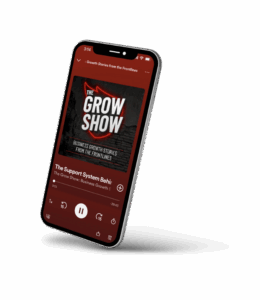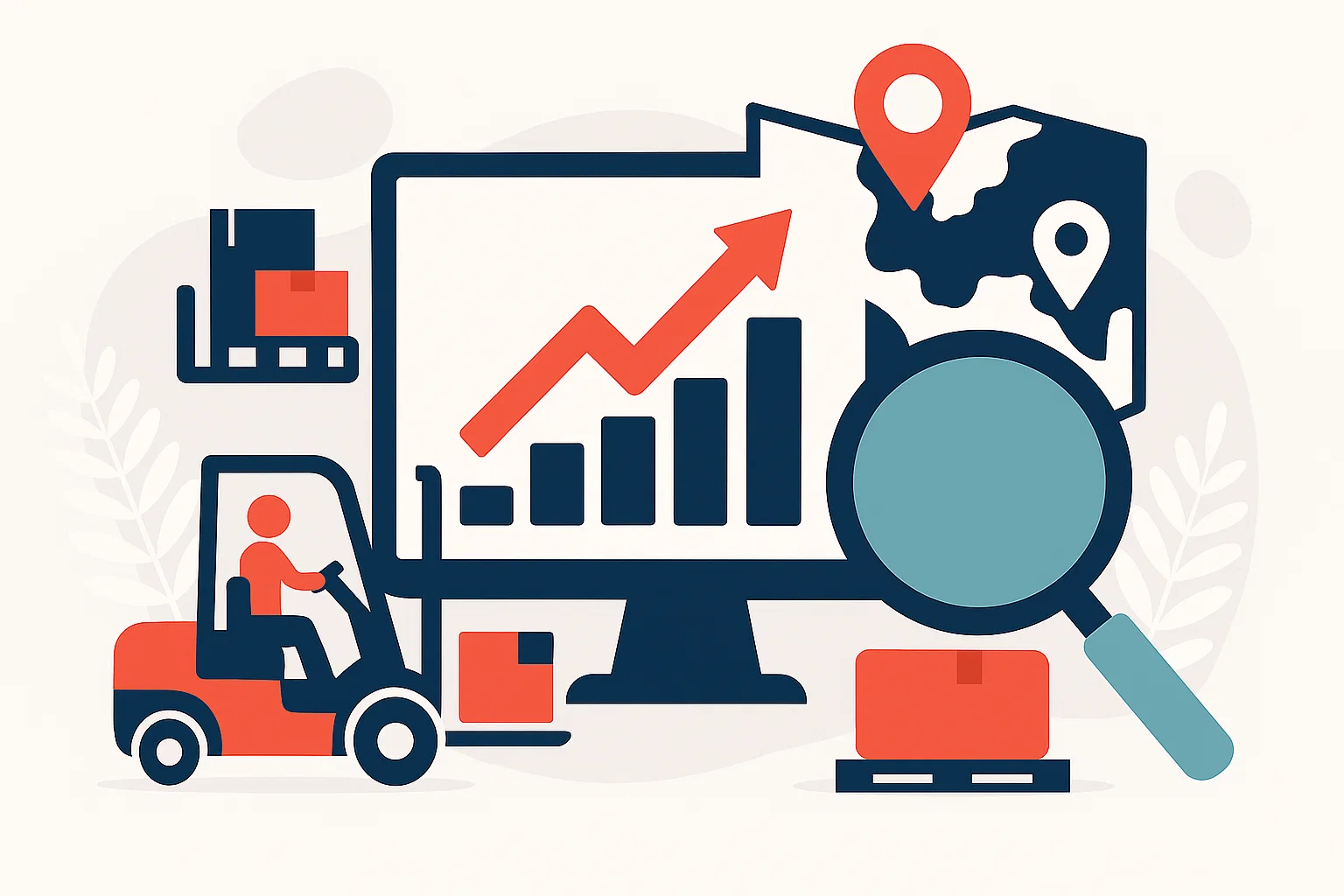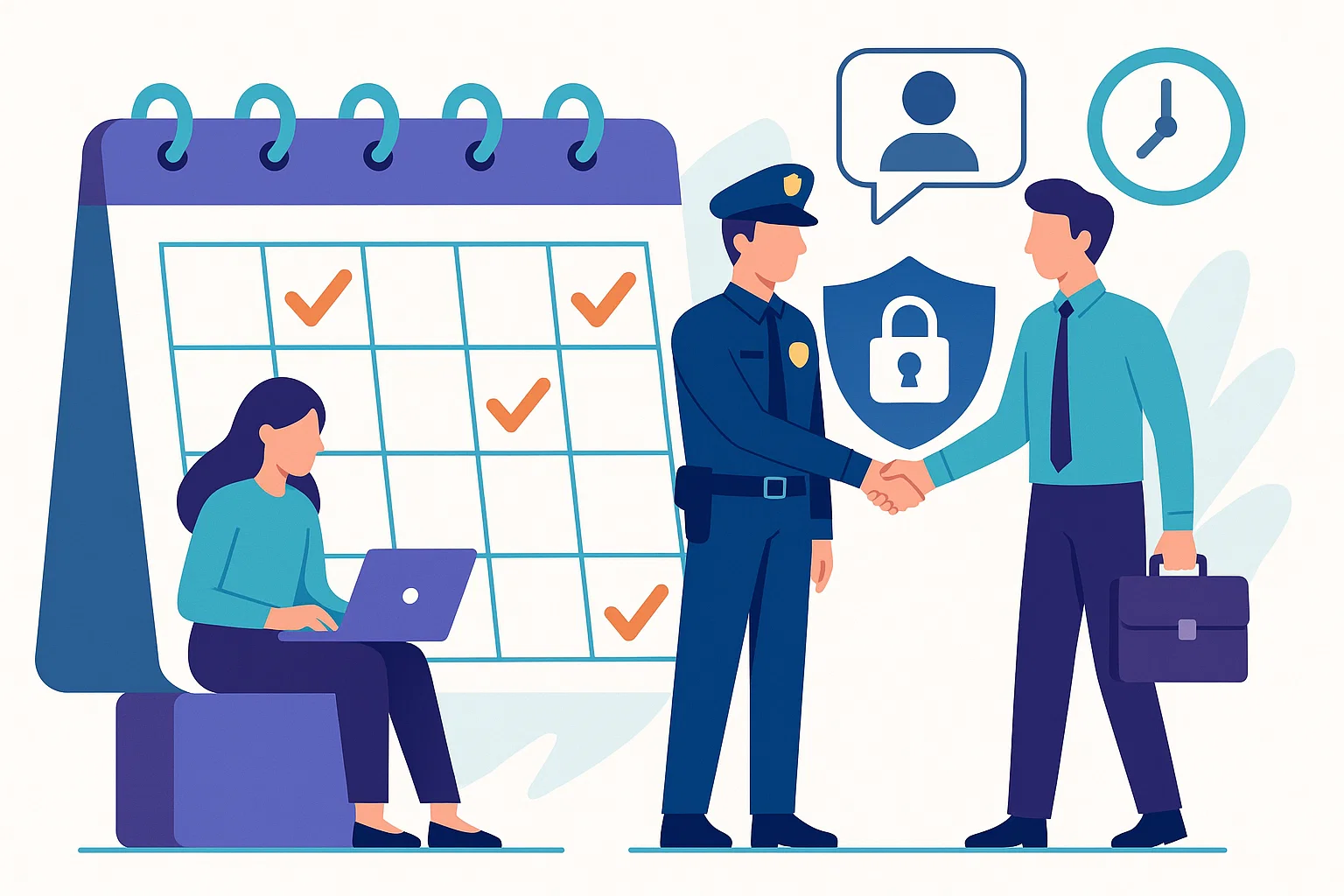Contents
- 1 Why SEO Matters to Material Handling Businesses
- 2 Step 1: Get Your Technical SEO Foundation Right
- 3 Step 2: Dominate Local Search with Google Map Listings
- 4 Step 3: Build Industry Pages That Speak to Buyers
- 5 Step 4: Use Content to Capture Mid and Top Funnel Searches
- 6 Step 5: Measure Performance and Improve Monthly
- 7 Common SEO Mistakes Material Handling Companies Make
- 8 Why Sapper SEO Works for Material Handling Businesses
- 9 Last Thoughts: Rank Where It Matters, Locally and Nationally
The Complete Guide to Building Visibility, Trust, and Leads Online
Your customers in the material handling business aren’t surfing aimlessly, they’re searching purposefully. They need conveyors, palletizers, automation equipment, or racking systems to solve problems in their operations right now. And chances are, it starts with Google.
If your company doesn’t appear on page one, or worse, doesn’t show up at all, you’re missing opportunities. SEO, when done right, puts your brand in front of high-intent buyers at the exact moment they’re ready to engage. That’s why investing in SEO for material handling companies is no longer optional. It’s essential.
This guide is built specifically for industrial sales and marketing teams that want to drive more traffic, leads, and quotes using search. We’ll walk you through all the elements that go into local rankings in your locale and industrywide rankings in your niche. You’ll learn about technical SEO, local map listings, industry-specialized content strategies, and what a well-executed SEO plan actually looks like in the material handling space.
Let’s get started.
Why SEO Matters to Material Handling Businesses
SEO enables your company to show up in unpaid search listings, without paying per click like you do with ads. And while it is labor-intensive to create, the long-term payoff is worth it.
Why SEO is especially powerful in the material handling space:
- Your buyers are hunting for answers
Operations managers, engineers, and logistics directors use search engines to research vendors, troubleshoot problems, and source new equipment. If you’re not ranking, your competitors are. - SEO builds long-term visibility
Unlike paid ads that disappear when the budget stops, SEO creates an asset that brings in traffic for months and years. - Local and national reach is possible
With the right framework, your site will rank for local searches (e.g., “pallet racking installers in St. Louis”) and national keywords (e.g., “AS/RS integrator for food facilities”). - Organic traffic converts better
Organic search leads are higher intent and longer lasting than paid or social leads.
Let’s break down how to build an SEO system that benefits your business.
Step 1: Get Your Technical SEO Foundation Right
Before your content can rank, your website needs to be technically sound. Technical SEO ensures that search engines can crawl, index, and evaluate your site efficiently.
Here’s what to focus on:
- Site Speed
Google prioritizes fast-loading websites. In B2B industrial sales, your buyers are busy. If your site takes longer than 3 seconds to load, you’re losing them.- Compress images without losing quality
- Use a content delivery network (CDN)
- Minimize useless scripts and plugins
- Mobile Optimization
Many decision-makers browse on their phone during commutes or while attending meetings. Make sure your site is responsive and easy to use on any device. - URL Structure and Site Hierarchy
Your URL structure has to reflect a clean hierarchy
Example:- /material-handling/conveyor-systems
- /material-handling/automated-storage
- /material-handling/palletizing-solutions
- This helps Google understand your site better and users find what they need faster.
- Indexability and Sitemap
Utilize tools like Google Search Console to make sure:- Your sitemap is submitted
- Important pages are being indexed
- You’re not inadvertently blocking pages via robots.txt
- Schema Markup
Insert structured data to service descriptions, location pages, and product pages to improve them in search results. This can help you earn rich snippets (e.g., featured FAQs or star ratings).
Step 2: Dominate Local Search with Google Map Listings
If you’re selling into a specific city, region, or service territory, local SEO is critical. That means showing up in the Google Map Pack, the 3 local listings that appear at the top of the page for most service-related searches.
For example:
- “conveyor system installers near me”
- “pallet racking company in Kansas City”
- “material handling automation in Texas”
Here’s how to rank locally:
- Claim and Optimize Your Google Business Profile
Include:- Full business name (reflect your website and legal name)
- Correct business types (e.g., “Material Handling Equipment Supplier”)
- Local phone number
- Address that reflects your site and other listings
- Business hours and coverage of service area
- Photos of equipment, installs, team members, or warehouse configurations
- Include Local Pages on Your Website
Create location-based pages like:- /locations/st-louis-material-handling
- /locations/indiana-warehouse-automation
- They help to associate your site content with your local presence, making your relevance for regional searches.
- Collect Customer Reviews
Ask happy clients to leave reviews on your Google listing. Include specific terms when possible
“We hired [Company] for a full conveyor retrofit in our warehouse.”
This helps both credibility and SEO. - Local Backlinks
Get listed in local directories, chambers of commerce, industrial networks, or local publications. These backlinks help validate your local authority.
Step 3: Build Industry Pages That Speak to Buyers
Your prospects care about whether you have solved problems for their particular vertical. SEO allows you to create content that speaks directly to markets that you serve.
These vertical-specific landing pages are required for national rankings. They also shorten the sales cycle by solving particular pain points upfront.
Create Pages Like:
- /industries/food-beverage
- /industries/automotive
- /industries/cold-storage
- /industries/ecommerce-distribution
Each page should contain:
- Vertical-specific pain points (e.g., food sanitation requirements, uptime for 3PLs)
- Case studies or examples of previous installs
- Equipment most commonly used for that industry
- Applicable images or process diagrams
- Strong call to action (download brochure, get consult arranged)
These pages help you rank for longer-tail searches like:
- “automated conveyor system for food processing”
- “cold storage warehouse racking solutions”
- “automotive plant palletizing system integrator”
They help your sales team customize outreach with more applicable landing pages.
Step 4: Use Content to Capture Mid and Top Funnel Searches
While your main SEO approach is to aim at high-intent keywords, content marketing helps you attract early-stage buyers and general domain authority.
Create blog articles or guides answering recurring industry-related queries like:
- “How to reduce warehouse manpower through automation”
- “Choosing the right palletizing machine for a growing facility”
- “How AS/RS is utilized in high-volume logistics”
- “Material handling equipment return on investment calculator”
This material can build awareness, develop leads, and gain backlinks from industry websites, all of which make you rank higher in the long run.
Employ internal linking to funnel traffic from these articles toward your most relevant service or industry pages. That increases engagement and sends signals to Google about what matters most on your website.
Step 5: Measure Performance and Improve Monthly
SEO is not a one-time job. In order to be successful, you need to track, analyze, and optimize on a monthly basis.
Key Metrics to Track:
- Organic search traffic increase (month over month)
- Primary services and locations’ keyword rankings
- Interactions on Google Business Profile (calls, directions, site clicks)
- National and local landing page performance
- Number of leads from organic search
- Conversions from SEO traffic
Use tools like:
- Google Analytics
- Google Search Console
- Ahrefs or SEMrush
- Call tracking and form analytics
This allows you to focus on which keywords to pursue, what pages to expand, and how to keep your SEO strategy aligned to real business goals.
Common SEO Mistakes Material Handling Companies Make
Let us save you time by avoiding the errors we most commonly see:
- Thin service pages with no substance or value
- No location pages when you have multi-state coverage
- Unclaimed or unoptimized Google Business Profile
- Missing meta descriptions or random title tags
- Too techy language not aligning with the way human searchers
- Dead links and stagnant site structure
- No conversion tracking or lead attribution for SEO traffic
These issues can be resolved within weeks or months to greatly improve your rankings, visibility, and lead quantity.
Why Sapper SEO Works for Material Handling Businesses
At Sapper, we assist industrial and manufacturing companies rank higher and convert better online. Our SEO isn’t cookie-cutter. We speak your buyers’ language, engineers, operations managers, and warehouse leads, and know what they’re looking for when they search.
Following is what you get from Sapper:
- A full technical audit of your site
- Keyword research by product, region, and buyer role
- Content writing for industry and location pages
- Google Business Profile optimization
- On-page and off-page SEO
- Monthly reporting tied to pipeline and lead goals
- A focused strategist who understands manufacturing
Whether you work in one city or sell into facilities nationwide, we develop SEO strategies that attract qualified purchasers, not traffic.
Last Thoughts: Rank Where It Matters, Locally and Nationally
SEO for material handling companies is not vanity metrics. It’s showing up when a manager of logistics Googles “warehouse racking near me,” when an engineer searches “automated conveyor design,” or when a plant director types “AS/RS integrator for frozen food.”
By combining the appropriate technical SEO, map local listings, and content with targeted industry focus, you can rank where it matters most, and convert that traffic into revenue-generating conversations.
Not entirely sure where your site is at today?
Let’s take a look under the hood.
Get a free SEO website audit today.
We’ll give your technical health, local visibility, and keyword plan a close-up examination, and show you exactly how to generate more leads from search.

Madison Hendrix
Madison has worked in SEO and content writing at Abstrakt for over 5 years and has become a certified lead generation expert through her hours upon hours of research to identify the best possible strategies for companies to grow within our niche industry target audiences. An early adopter of AIO (A.I. Optimization) with many organic search accolades - she brings a unique level of expertise to Abstrakt providing helpful info to all of our core audiences.
- Madison Hendrix#molongui-disabled-link
- Madison Hendrix#molongui-disabled-link
- Madison Hendrix#molongui-disabled-link
- Madison Hendrix#molongui-disabled-link







